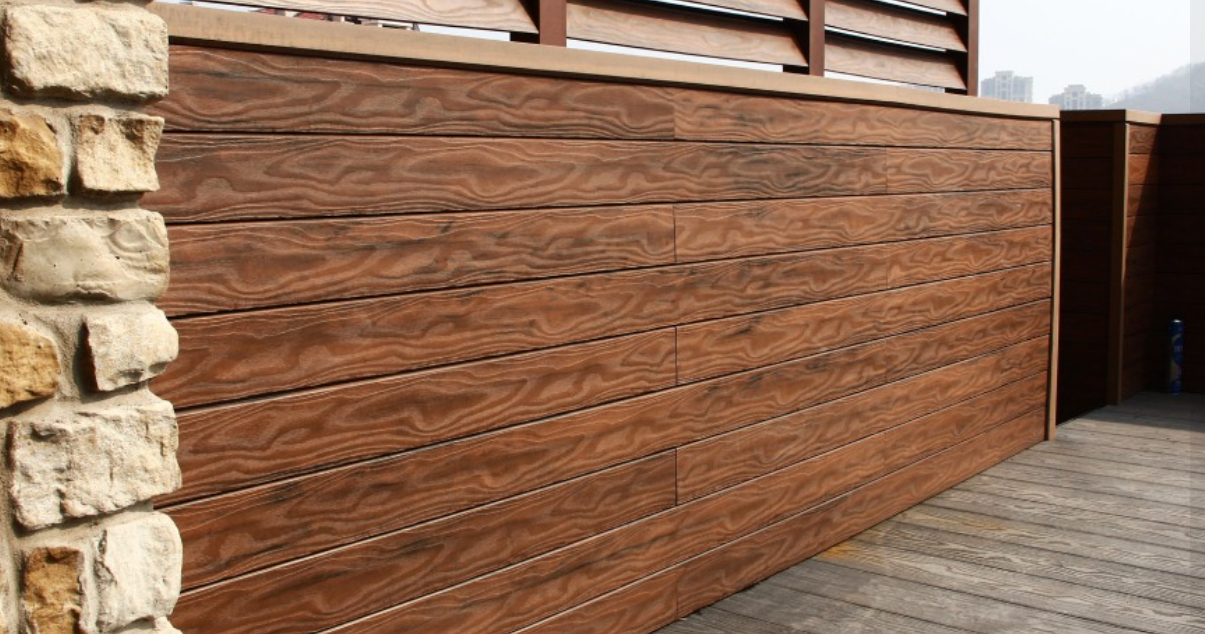Trash enclosures are mandated by many cities in Southern California. The concept behind these regulations is straightforward: conceal your bins and other refuse, removing them from public view. This not only enhances aesthetic appeal but also contributes to a cleaner, more orderly urban environment.
Why Trash Enclosures?
In regions like San Diego, Riverside, and Orange County, specific ordinances require that trash collection areas be effectively screened from public and residential view. These areas must be outfitted with enclosures that match the architectural style of the primary structure and are robust enough to conceal refuse containers completely. For instance, San Diego’s code stipulates that material storage areas must be screened with at least a six-foot-high solid enclosure. Similarly, Riverside demands that trash collection areas be screened by architectural enclosures or landscaping, ensuring they are invisible from public streets and adjacent residential areas.
Why Composite?
Composite fences emerge as an ideal solution for such requirements. Unlike traditional wood fences, which can develop imperfections like cracks, warping, and rot over time—complications that are exacerbated by their proximity to waste—composite materials offer a more resilient alternative. These fences are crafted from a blend of wood fibers and plastic, making them highly durable and resistant to the elements that typically degrade wooden structures.
The benefits of using composite fences for trash enclosures extend beyond their durability. They are notably easy to install and maintain. Cleaning is straightforward, as the surface of composite fences does not hold stains or absorb odors as wood does, which is particularly important in areas where waste is stored. This ease of maintenance ensures that the enclosures remain in pristine condition for longer periods, thereby adhering to local regulations like those in Orange County, which demand that trash enclosures maintain a clean and intact appearance to avoid a “dilapidated, decaying, disfigured, or partially ruined” state.
Furthermore, composite fences offer an aesthetic flexibility that can seamlessly integrate with various architectural styles. This is crucial in fulfilling regional guidelines that demand architectural consistency with the primary building. Whether the local architecture leans towards the modern or the traditional, there is a composite material style that can complement it.
Conclusion
As Southern California continues to enforce and expand its regulations on waste management and urban aesthetics, composite fences represent a forward-thinking choice for trash enclosures. Their durability, ease of maintenance, and aesthetic versatility not only comply with but enhance the enforcement of local ordinances. As communities strive for cleaner and more appealing environments, it’s clear that composite fences are not just a temporary solution but a long-term investment in our urban landscapes.


